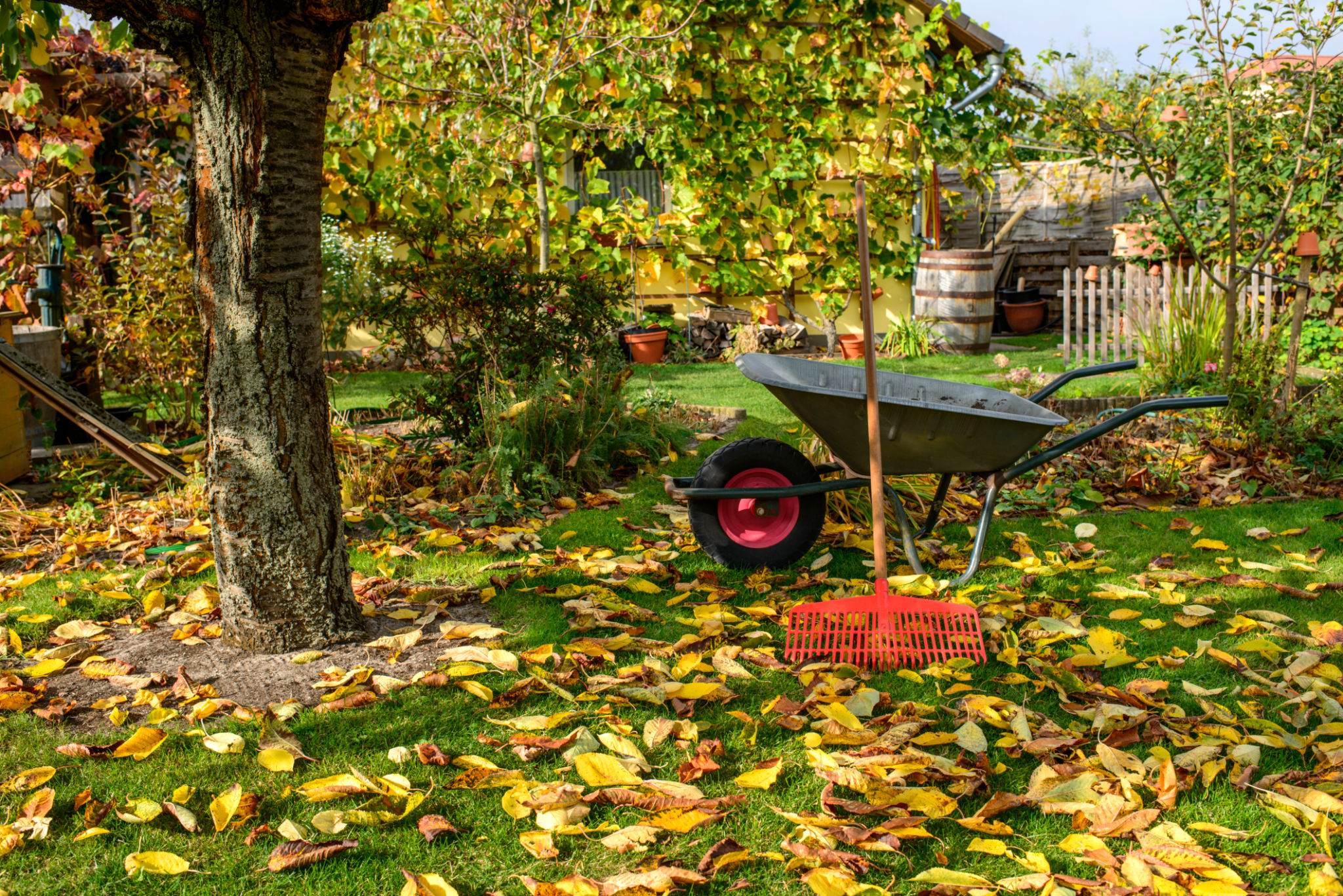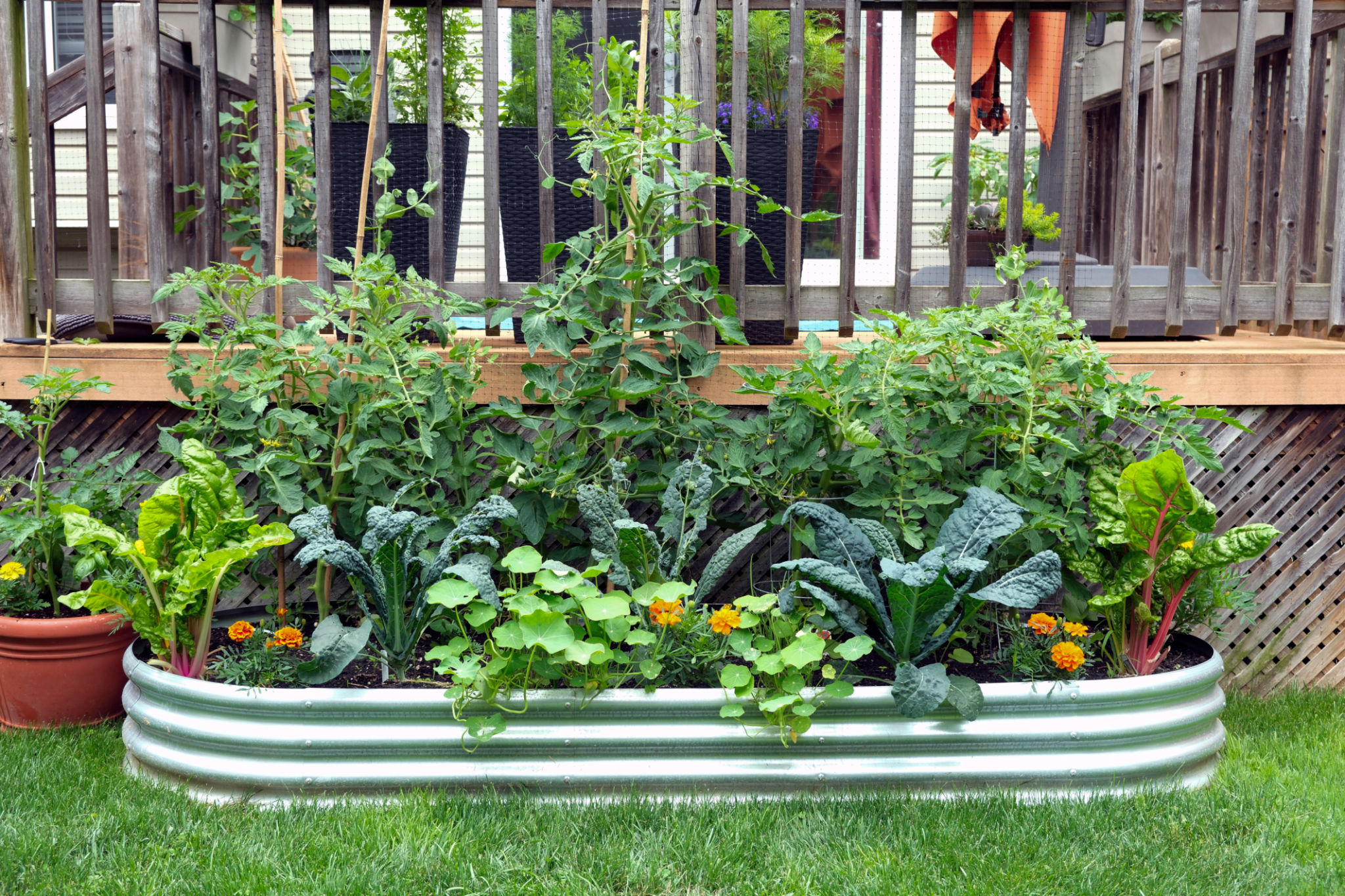Essential Seasonal Landscaping Tips for Eco-Friendly Gardens
Understanding the Importance of Seasonal Landscaping
Creating an eco-friendly garden that thrives throughout the year involves understanding how seasonal changes affect your plants. By adjusting your landscaping practices according to the seasons, you can conserve resources while maintaining a beautiful outdoor space. Embrace the natural cycles to enhance soil fertility, encourage biodiversity, and minimize water usage.

Spring: Preparing Your Garden for Growth
Spring is the perfect time to start preparing your garden for the year ahead. Begin by cleaning up any debris left from winter and assessing the health of your soil. Consider using organic compost to enrich the soil naturally. This not only nourishes your plants but also helps retain moisture, reducing the need for frequent watering.
Planting native species is crucial in eco-friendly gardening. These plants are adapted to local conditions, making them more resilient and less reliant on additional resources. Choose a mix of perennial and annual plants to provide a continuous display of color and habitat for local wildlife.
Summer: Efficient Watering and Maintenance
As temperatures rise in summer, efficient water management becomes essential. Implementing a drip irrigation system can significantly reduce water wastage compared to traditional methods. Watering early in the morning or late in the afternoon can also minimize evaporation.

Regular maintenance is key during summer. Keep an eye out for pests and diseases, using natural remedies like neem oil or insecticidal soap when needed. Mulching is another effective strategy to conserve moisture and suppress weeds, keeping your garden healthy and thriving.
Autumn: Preparing for Dormancy
Autumn is a time of transition in the garden. As plants prepare for dormancy, it's essential to adjust your landscaping practices accordingly. Begin by raking fallen leaves and using them as mulch or adding them to your compost pile. This helps improve soil structure and fertility over time.
This season is also ideal for planting bulbs that will bloom in spring. Choose varieties that are well-suited to your climate, ensuring a vibrant display when the warmer months return. Additionally, consider implementing rainwater harvesting systems to capitalize on autumn rains.

Winter: Protecting Your Garden
During winter, focus on protecting your garden from harsh weather conditions. Use burlap or frost blankets to cover sensitive plants and prevent frost damage. Pruning deciduous trees and shrubs during their dormant phase encourages healthy growth in spring and reduces the risk of disease.
Winter is a great time to plan for the next growing season. Evaluate what worked well in your garden and what could be improved. This reflection allows you to make informed decisions about plant selection and layout, ensuring a more successful eco-friendly garden in the future.
Sustainable Practices for Year-Round Success
Adopting sustainable landscaping practices not only benefits the environment but also enhances the resilience and beauty of your garden. Incorporate natural pest control methods, composting, and water-saving techniques into your routine for year-round success.
By understanding and adapting to seasonal changes, you can create an eco-friendly garden that flourishes with minimal environmental impact. Embrace these essential tips to enjoy a thriving landscape that supports biodiversity and conserves resources.

